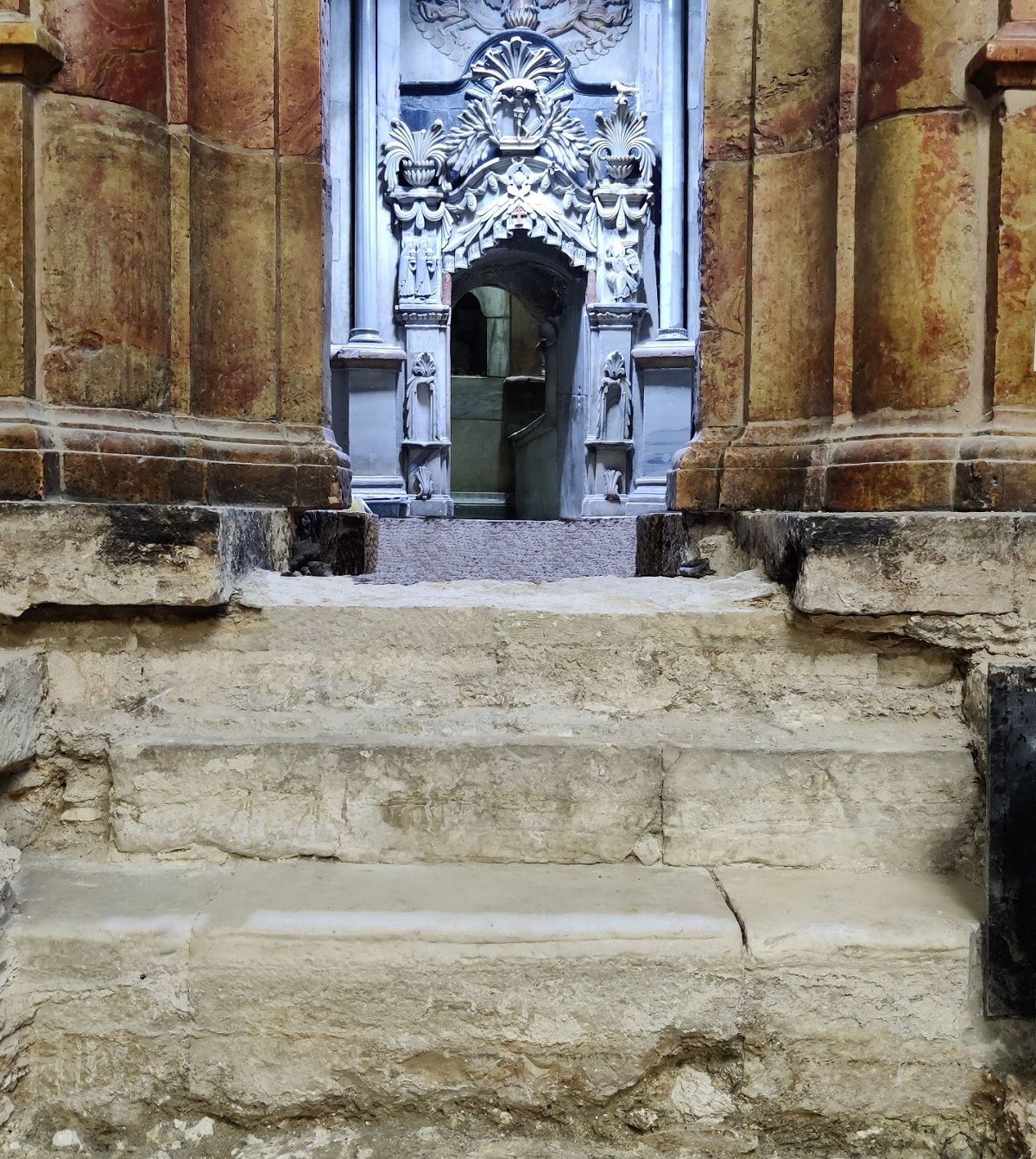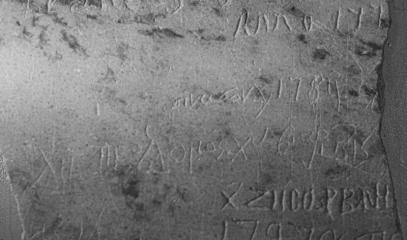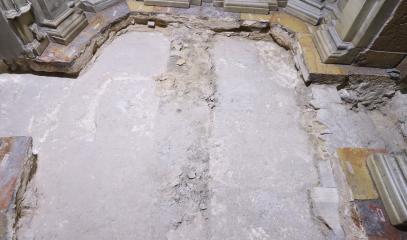Jerusalem: How the Sepulcher of Jesus was visited in the 4th century
The ongoing restoration of the floor of the Basilica of the Holy Sepulcher has enabled new archaeological findings that confirm how much this place was visited in the early Christian era and the accuracy of the descriptions left by the pilgrim Egeria.
Jerusalem (AsiaNews) - Ongoing restoration of the floor of the Basilica of the Holy Sepulchre in Jerusalem, is an opportunity to conduct further excavations at this key site in the history of Christianity.
The Custody of the Holy Land yesterday released a note and some images on the archaeological work being carried out in the area immediately in front of the Wayside Shrine of Jesus' tomb, which was closed for 7 days and 7 nights in June precisely to carry out this work.
The excavation - conducted by the Department of Sciences of Antiquity of the University of Rome La Sapienza directed by Francesca Romana Stasolla - provided insight into how this area was arranged in the 4th century AD.
The Tomb Aedicule, in the Rotunda built by Emperor Constantine, was accessed by two white marble steps (pictured). In front of it, there was a pavement of lithic slabs, which continued for about 6 m eastward, toward the area where the triporticus built around the rock of Calvary and the great basilica were located.
Confirmation that the the Rotunda brought to light by the excavations dates to the end of the fourth century came from a casket of coins issued by Emperor Valens (364-378), buried under the floor as was the custom at that time on the occasion of important works.
This dating is relevant: it is a confirmation, in fact, of the reliability of the account handed down by Egeria, the Roman pilgrim who a few years later in her Itinerarium described the journey she made to the Holy Sites.
Other interesting finds from this recently concluded excavation include a fragment of wall covering, in all likelihood from the Tomb Aedicule itself: in fact, it is rich in graffiti left by pilgrims in various languages, including Greek, Latin, and Armenian. It is presumed to date from the 18th century, since the current arrangement dates to the 19th century.
Finally, interesting findings have also emerged from the removal of the floor inside the tomb: "In section," the archaeologists write, "a previous marble pavement of medieval age is visible, thus the working of the rock itself, with traces of intense frequentation that made it extremely smooth.
This would confirm that the Holy Sepulcher was highly venerated even in the early centuries. It was also "traced and documented part of the bottom of a burial chamber similar to those found in the northern portion of the Rotunda, filled and arranged to facilitate attendance by pilgrims since the early Christian period."
Thus Jesus' tomb originally stood alongside others in what could never have become a place of worship in a Jewish context.
Photos 1 and 3: La Sapienza University Archives
Photo 2: Gianfranco Pinto Ostuni
07/02/2019 17:28
12/02/2016 15:14









.png)










